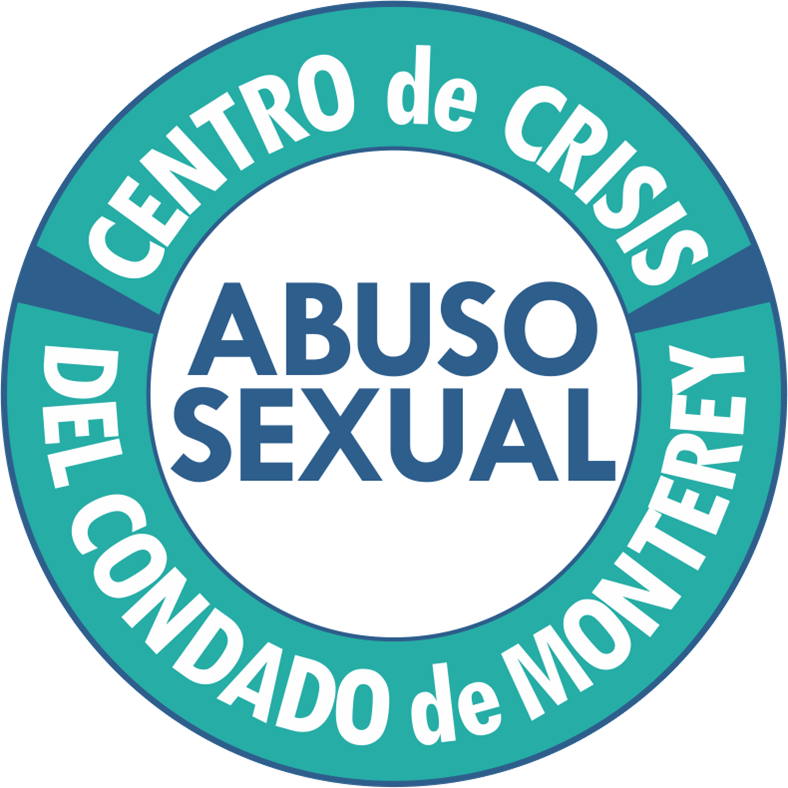Our Communal Grief Gives us a Shared Path Forward
 May 7, 2020
May 7, 2020
by Deborah Pembrook, Human Trafficking Outreach Manager
So many in our community are experiencing loss. This can be economic, such as the loss of hours, jobs and whole businesses. It can be the loss of routine and everyday comforts. It can also be the loss of privacy and help from the tribe of people who assist with child care or with work.
And it can mean the loss of those who have died from COVID-19. My family is one of the 73,000 families in the U.S. and 263,000 families worldwide who have experienced this tragic loss of someone we love.
In her book, Trauma and Recovery, Judith Herman writes “Traumatic events overwhelm the ordinary systems of care that give people a sense of control, connection, and meaning. Traumatic events are extraordinary, not because they occur rarely, but rather because they overwhelm the ordinary human adaptations to life.”
Many people in our community have felt the loss of things that give them a sense of control, connection and meaning. Many people have felt overwhelmed.
For me, understanding the pandemic as a communal trauma means I have tools to help address our shared needs. Monterey County Rape Crisis Center helps people reconnect and heal from trauma every day.
There are six Guiding Principles to Trauma Informed Approach* that we can bring into our lives as we build resilience in the pandemic. These principles are often put into practice at an organizational level, but we can also utilize them in our interactions with each other and with our whole community.
1. Cultural, historical, and gender issues – How can we respond to this communal trauma embodying the knowledge that the most marginalized communities are being hit the hardest?
2. Safety – How do we build safety for ourselves and others? How do we create emotional safety while following the physical guidelines, such as keeping 6 feet apart and wearing masks?
3. Trustworthiness and transparency – How do we build trust with each other and with others in our community when there is so much that is unknown?
4. Peer support and mutual self-help – Does our future look different when each of us can see our own role in creating a safe community?
5. Collaboration and mutuality – How do we create resiliency so that all are included?
6. Empowerment, voice, and choice – How can each of us see ourselves as a part of the solution?
As the virus has made abundantly clear, we are all in this together and my wellbeing is intertwined with your wellbeing. As we breathe through the shock and pain of loss, we also can see how deeply connected we are to each other.
Together we can create a shared path forward.
Thank you to Tatyana Foltz, MSW, who presented on the Pandemic as a Communal Trauma at a recent Coalition To End Human Trafficking in Santa Cruz and Monterey Counties.
* From SAMHSA's Concept of Trauma and Guidance for a Trauma-Informed Approach
(This post is a follow-up to an earlier post about grief.)
